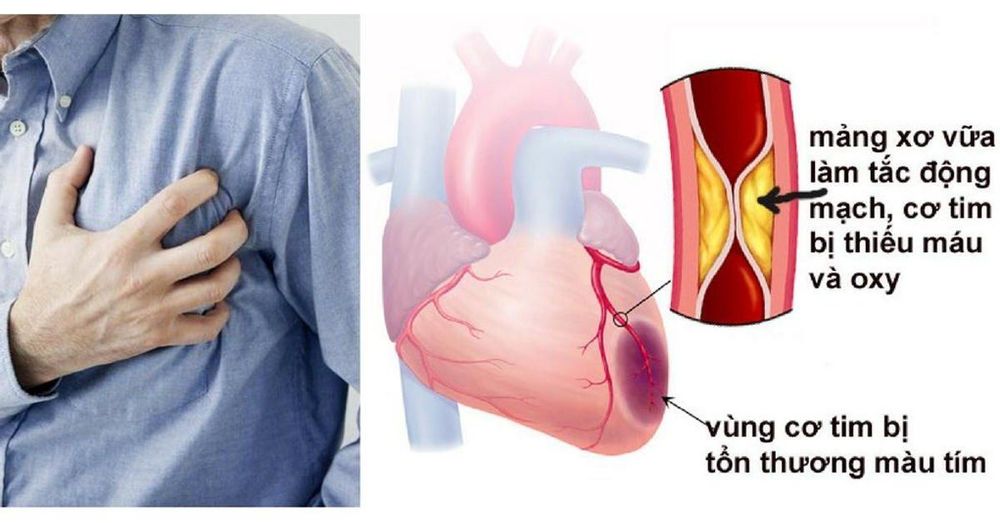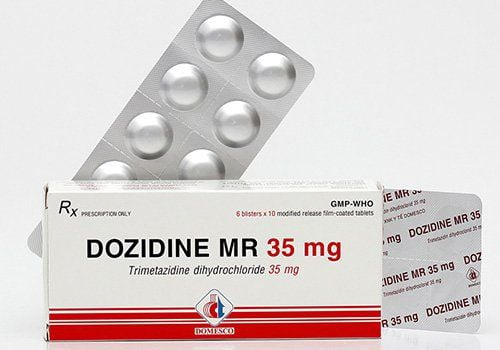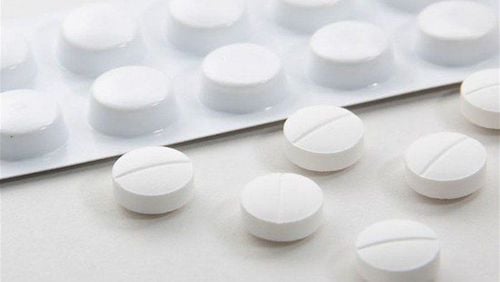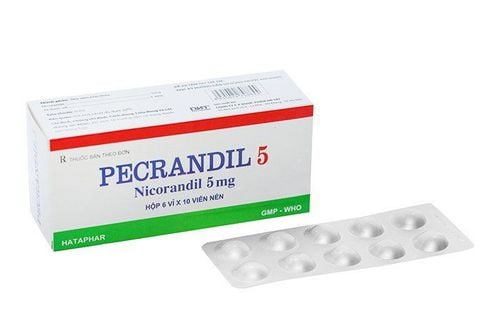This is an automatically translated article.
The article was professionally consulted by a Doctor of Cardiology - Thoracic Surgery, Vinmec Central Park International General Hospital.Although stable angina is not life-threatening, it can be a warning sign of a heart attack. Therefore, it is very important and necessary to learn the knowledge about stable angina as well as the signs and treatment of stable angina.
1. What is stable angina?
Stable angina occurs when the heart muscle doesn't get the oxygen-rich blood it needs to function properly. At this time, the heart will have to work harder, beat faster and stronger when the patient is trying to do something or under excessive stress. In the long run, this can lead to a life-threatening heart attack.2. Causes of stable angina
The main cause of stable angina in patients with angina is coronary artery disease, which narrows the lumen of the coronary arteries, reducing blood flow to the heart muscle cells. The formation of blood clots can also cause narrowing of blood vessels and cause angina pectoris.In addition, a number of factors are indirect causes that put patients at risk of stable angina, including:
Smoking: Nicotine contained in tobacco will facilitate Cholesterol accumulates on the walls of blood vessels, causing atherosclerosis. Diabetes: When you have diabetes, blood cholesterol levels will increase, which accelerates coronary atherosclerosis and leads to a heart attack. High blood pressure: People with high blood pressure will have an increased pressure of the blood on the artery walls, damaging the arteries and accelerating the hardening of the arteries. Dyslipidemia: When you have dyslipidemia, high levels of saturated fat and cholesterol will increase your risk of angina and heart attack. Family history of heart disease: if a family member has coronary artery disease or has had a heart attack, you're also at increased risk for angina.

Tiền sử gia đình mắc bệnh tim: nếu một thành viên trong gia đình mắc bệnh động mạch vành hoặc bị đau tim
3. How does stable angina present?
When stable angina pectoris, the patient will feel pain in the chest as if it is squeezed, compressed. The pain may radiate from the chest to the neck, arms, and shoulders.In stable angina, the patient may also have accompanying signs such as nausea, fatigue, shortness of breath, dizziness, cold sweats... The pain will only appear when the person is sick. Sick of trying to do something. Signs of stable angina are usually temporary, lasting about 15 minutes, and subside with rest or angina medication.
4. Degrees of stable angina
According to the Canadian Heart Association - CCS, stable angina is divided into 4 levels, the higher the degree, the more dangerous the disease and the more it affects the patient's life, specifically:Grade 1: In At this level, normal physical activities will not cause angina, it only occurs when the patient is very physically active. Grade 2: Angina occurs when the patient climbs stairs >1 floor, or walks longer than 2 blocks, requiring slight limitation of normal physical activity. Grade 3: Angina when walking 1 to 2 blocks long or climbing high, requiring significant limitation of usual physical activities. Grade 4: Angina even with light work, with light exertion, normal physical activities can also cause pain.
5. What to do with stable angina?
The appearance of stable angina means that the heart muscle is ischemic, therefore, the patient needs to quickly take the following steps:Step 1: Rest, stop what you are doing, lie down and rest. in a half-lying, half-sitting position, with your knees raised, loosen your clothes and keep your body warm. Step 2: In case you have used vasodilators before, you can continue to relieve pain by using it.

Sử dụng các thuốc giãn mạch
6. Treatment and prevention of stable angina
Stable angina, if not treated promptly and properly, can lead to dangerous complications such as heart failure, myocardial infarction, and stroke.Treatment of stable angina: The drug works to dilate coronary arteries, improve blood flow to the heart muscle and help reduce the burden on the heart. In addition, the patient may also be prescribed the use of drugs to treat risk diseases such as: drugs to reduce blood fat, antihypertensive drugs, anticoagulants...
Prevention of stable angina In parallel with the use of medication, to prevent stable angina, it is necessary to:
Adjust your lifestyle accordingly, work and rest properly. Say no to tobacco, limit the use of alcohol, beer, coffee and stimulants. Monitor and control well blood pressure, weight, blood fat, blood sugar. Build a complete and healthy diet with lots of green vegetables and fresh fruits, limit the use of foods rich in fat, reduce sweetness. Do exercise and sports every day for about 30 minutes with gentle sports, suitable for your physical strength. Avoid stress, anxiety, tension; Get enough rest, get enough sleep. When there are signs of stable angina, the patient should see a doctor to find out the cause of this phenomenon and take appropriate intervention. Vinmec International General Hospital is the right choice for the examination and treatment of cardiovascular diseases, including angina.
Here, a team of qualified, experienced and well-trained medical doctors will examine, diagnose and advise patients with advanced and modern methods; Modern and advanced technology equipment, ensuring the most accurate results.
Please dial HOTLINE for more information or register for an appointment HERE. Download MyVinmec app to make appointments faster and to manage your bookings easily.













